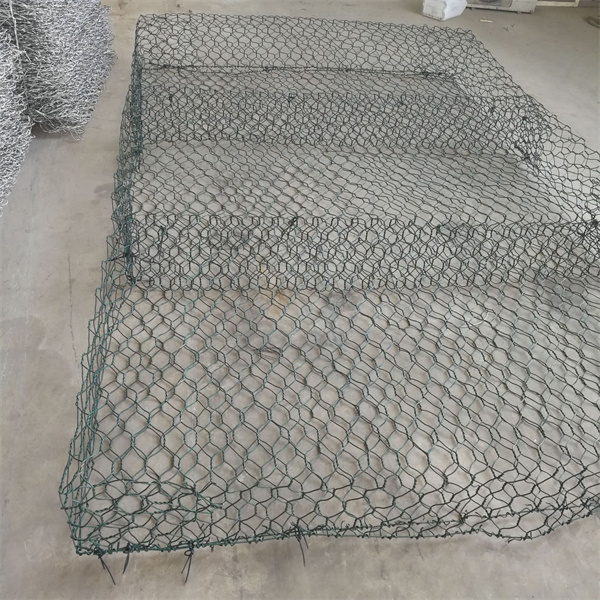Jul . 31, 2024 14:20 Back to list
Exploring the Benefits and Applications of Gabion Cage Walls in Construction and Landscaping
The Rising Popularity of Gabion Cage Walls in Modern Construction
In contemporary construction, the use of innovative materials and methods is essential to meet both aesthetic and functional demands. One such advancement gaining traction is the use of gabion cage walls. These structures, which consist of wire mesh cages filled with rocks or other materials, offer a unique blend of practicality, durability, and visual appeal. As the construction industry continues to evolve, gabion cage wall factories are at the forefront of producing these versatile components.
Gabion walls originated from military applications, where they were used for fortifications. Today, they have transitioned into civil engineering and landscaping projects, proving to be an effective solution for erosion control, soil stabilization, and drainage management. The process of constructing gabion walls is relatively straightforward the wire mesh cages are fabricated in factories before being delivered to construction sites, where they are filled with locally sourced materials, such as rocks, boulders, or even recycled debris. This approach not only promotes sustainability but also reduces transportation costs and labor on site.
One of the main advantages of gabion cage walls is their environmental friendliness. Due to their composition, these walls blend harmoniously into their surroundings, making them an excellent choice for projects in natural settings. The gaps between the stones in gabion walls allow water to flow through, reducing hydrostatic pressure and minimizing erosion risks. Furthermore, the use of local stones helps preserve the area’s ecological integrity while fostering a landscape that is both functional and visually appealing.
gabion cage wall factories

Gabion cage walls are also celebrated for their durability. The steel wire mesh used in the cages is typically galvanized or coated, providing resistance to corrosion and ensuring longevity. This robustness means that gabion walls can withstand extreme weather conditions, making them ideal for use in both coastal and inland regions. Their ability to flex under pressure also means they are less likely to crack compared to traditional concrete walls, which can be subject to destabilization from shifting soils or extreme weather.
The versatility of gabion cage walls is another factor driving their popularity. They can be used in various applications, including retaining walls, privacy fences, and decorative features in gardens and commercial properties. Designers often appreciate the aesthetic potential of gabion walls, as they can be customized with different stone types, colors, and configurations to complement any architectural style. Whether used in a rustic landscape or a modern urban setting, gabion walls can add an element of beauty while fulfilling critical structural roles.
With the increasing demand for gabion cage walls, factories specializing in their production are seeing significant growth. These factories are equipped with advanced technology and skilled labor to ensure the highest quality standards in production. Additionally, many manufacturers are adopting sustainable practices, utilizing recycled materials and eco-friendly processes to meet the growing eco-conscious market demands.
In conclusion, gabion cage walls represent a fusion of practicality, sustainability, and aesthetic excellence in modern construction. As more builders and architects recognize the benefits of these structures, the role of gabion cage wall factories is poised to expand further. Providing durable, effective, and visually appealing solutions, gabion walls are not just a trend; they are a forward-thinking construction method that meets the needs of a changing world. Their rise in popularity is indicative of a broader shift in the industry toward environmentally responsible and innovative building practices.
-
Why PVC Coated Gabion Mattress Is the Best Solution for Long-Term Erosion Control
NewsMay.23,2025
-
Gabion Wire Mesh: The Reinforced Solution for Modern Construction and Landscape Design
NewsMay.23,2025
-
Gabion Wall: The Flexible, Seismic-Resistant Solution for Modern Landscaping and Construction
NewsMay.23,2025
-
Gabion Wall Solutions: The Durable, Decorative, and Affordable Choice for Every Landscape
NewsMay.23,2025
-
Gabion Basket: The Durable and Flexible Alternative to Traditional Retaining Walls
NewsMay.23,2025
-
Gabion Basket: The Proven Solution for Slope Stability and Flood Control
NewsMay.23,2025
-
Versatility of Chain Link Fence Gabion
NewsMay.13,2025






